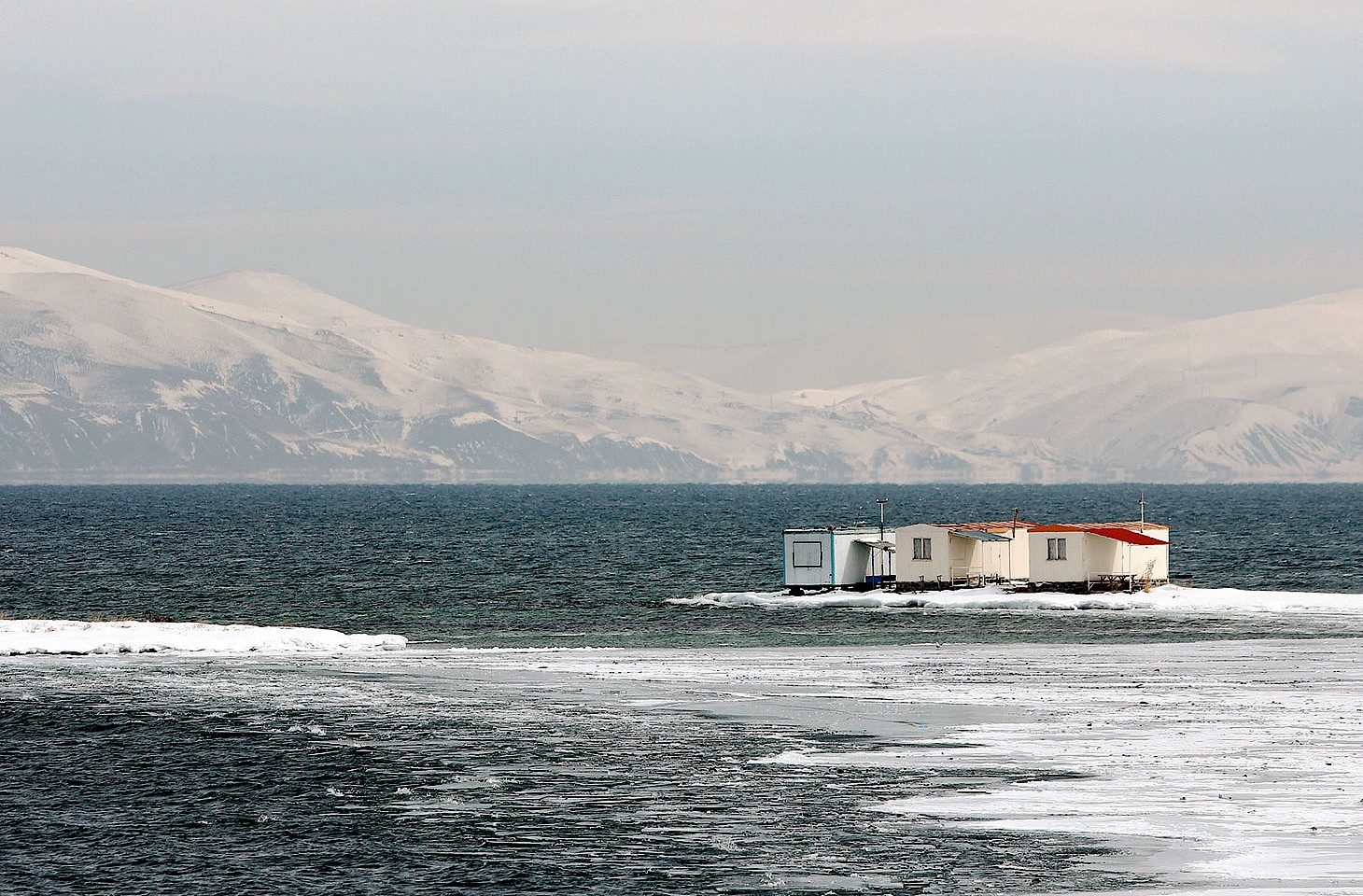Armenia’s capital Yerevan has a lot to be proud of. On Yerevan’s south-east side, Erebuni Fortress, which indirectly lent its name to the modern city, styles itself as the birthplace of modern Yerevan. There is a lot of civic pomp this year surrounding the claim that Yerevan was founded exactly 2,800 years ago. Certainly elements of the fortifications at Erebuni date back to the 8th century BC.
Among the more eccentric sources of Yerevan pride is the world’s oldest shoe, a surprisingly stylish 5,500-year-old leather moccasin on display in the History Museum of Armenia. The dutiful tourists who visit the shoe can also see remarkable early Christian relics at the museum. Armenia was the first country in the world to adopt Christianity; it’s said that was in 301 AD. A century later, the Armenian alphabet was created by a meditating monk, Mesrop Mashtots — the alphabet is still used today, much to the head-scratching puzzlement of most visitors trying to decipher it. The monk is honoured at the Matenadaran, the museum of ancient manuscripts.
Most visitors make time for the Cafesjian Centre of the Arts, located by the grand limestone stairway known as the Yerevan Cascade. From the upper levels, you can, on a clear day, see the summit of a snow-topped Mount Ararat — where, according to the Old Testament, Noah’s Ark landed after the flood. Although it’s a national emblem of Armenia, and is symbolised on the country’s flag, ironically the mountain lies over the border in Turkey — a border that Turkey actually closed in 1993 in response to the Nagorno-Karabakh war in which Armenia was then embroiled with its other neighbour, Azerbaijan. Armenia continues to have frosty relations with both Turkey and Azerbaijan.
Despite an illustrious past, there’s not much ancient history on show these days in the centre of Yerevan — as I discovered when I grabbed a window seat on a packed marshrutka (minibus). We weaved our way through Republic Square, the present- day heart of the city and a fine piece of early Soviet design. When Armenia gained its first short-lived independence in 1918 and Yerevan was made its capital, architect Alexander Tamanyan was commissioned to plan the newly emerging city, complete with imposing boulevards.


